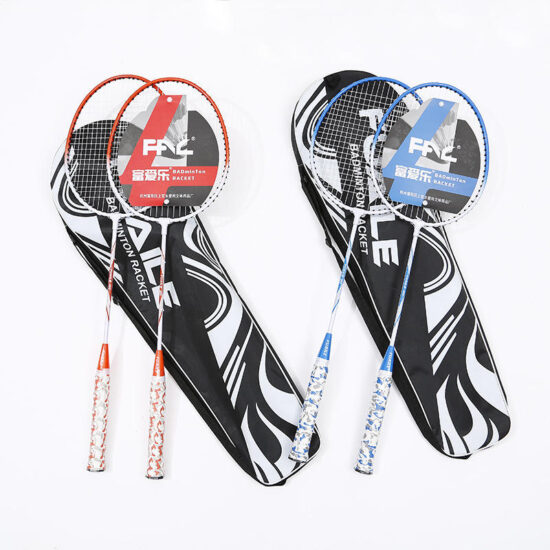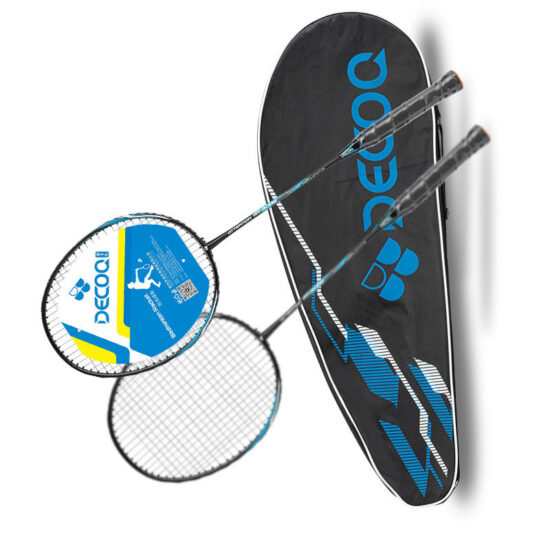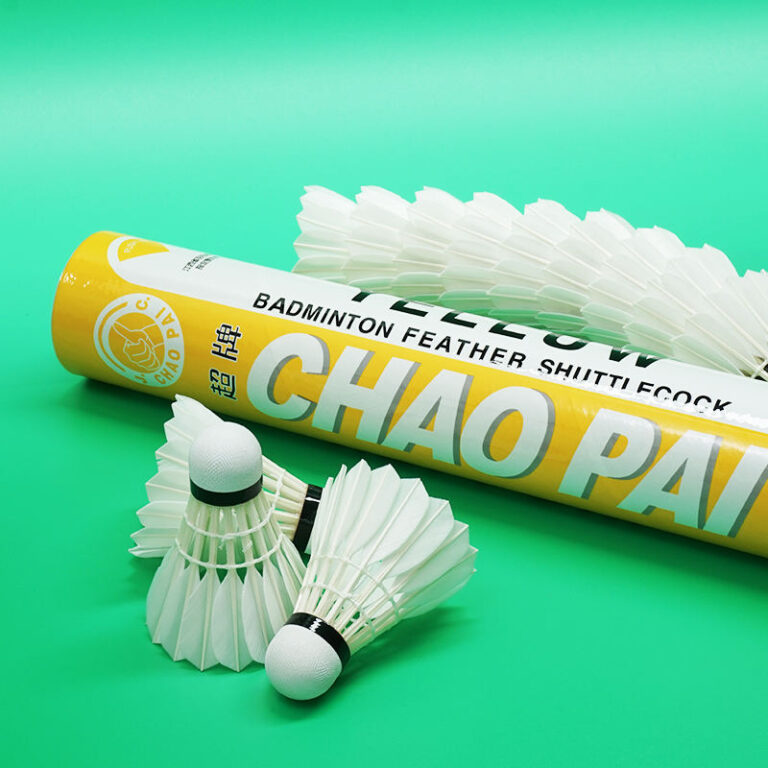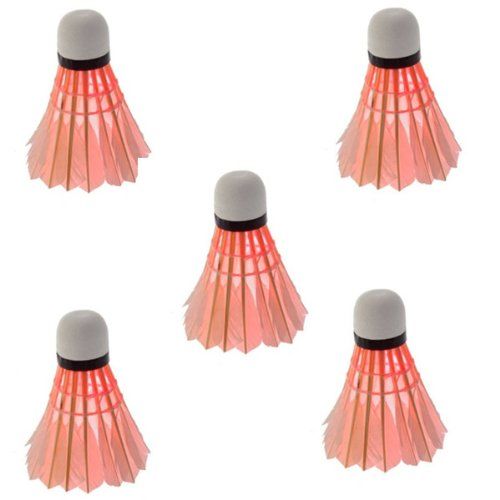jay@nbdho.com
The Evolution of Badminton Rackets: From Wood to High-Tech Frames
Here is a complete SEO-optimized blog post draft for “The Evolution of Badminton Rackets: From Wood to High-Tech Frames”:
Title: The Evolution of Badminton Rackets: From Wood to High-Tech Frames
Meta Description: Discover how badminton rackets have evolved over the years—from classic wooden designs to today’s lightweight carbon fiber frames. Explore the innovation behind modern racket technology.
🏸 Introduction
Badminton has come a long way from its humble origins—and so have the rackets. From solid wooden frames to ultra-light carbon fiber constructions, the evolution of badminton rackets reflects advancements in materials, player needs, and sports science. In this article, we explore how racket technology has changed over time, improving power, speed, and control on the court.
1. The Wooden Era (Pre-1970s)
- Material: Solid wood (often ash or maple)
- Characteristics: Heavy, bulky, and less aerodynamic
- Drawbacks: Low power output, slow swing speed, and easily warped by moisture
- Use Case: Popular during badminton’s early competitive years
💡 Fun Fact: Rackets were handcrafted and had a traditional oval head design with simple gut strings.
2. The Metal Age (1970s–1980s)
- Material: Aluminum or steel
- Why It Was Revolutionary: Stronger and more durable than wood
- Improvements:
- Lighter than wood
- Better tension handling for strings
- More consistent shape retention
- Notable Brands: Carlton, Dunlop
🔧 Metal frames helped boost the popularity of badminton globally.
3. The Graphite Revolution (1990s)
- Material: Graphite composites and carbon fiber
- Breakthroughs:
- Super lightweight
- Increased stiffness for better control
- Higher power potential
- Added Technologies: Isometric head shapes, T-joint reinforcement
🚀 This era saw the birth of brands like Yonex dominating the high-performance racket market.
4. Modern High-Tech Rackets (2000s–2025)
- Materials Used:
- High-modulus graphite
- Nano resin
- Carbon fiber reinforced with tungsten, titanium, or other composites
- Technologies Integrated:
- Aero frames for less air resistance
- Shock absorption systems
- Energy transfer systems for power smashes
- Customization: Tailored options for balance point, shaft flex, grip size, and string pattern
🎯 Today’s rackets are precision-engineered tools designed to suit each player’s style.
5. Smart Rackets and the Future (Emerging Tech)
- What’s Next:
- Sensors to track shot speed and angle
- AI-driven training feedback
- Biometric syncing with smartwatches
- Sustainability: Recycled materials and environmentally responsible production methods
🌍 Technology is driving not just performance, but also data-driven coaching and eco-friendly innovation.
🏸 Conclusion
From heavy wooden rackets to advanced carbon fiber masterpieces, the evolution of badminton rackets mirrors the growth of the sport itself. Whether you’re a casual player or a pro, understanding this journey can help you appreciate your equipment—and choose better gear for your game.
📈 As materials and science continue to evolve, one thing’s for sure: badminton rackets will keep getting faster, lighter, and smarter.
Suggested SEO Keywords:
history of badminton racket, evolution of racket design, carbon fiber vs wooden racket, modern badminton racket technology, badminton equipment history
Would you like an infographic timeline or side-by-side comparison of old vs modern rackets for your blog or website?





